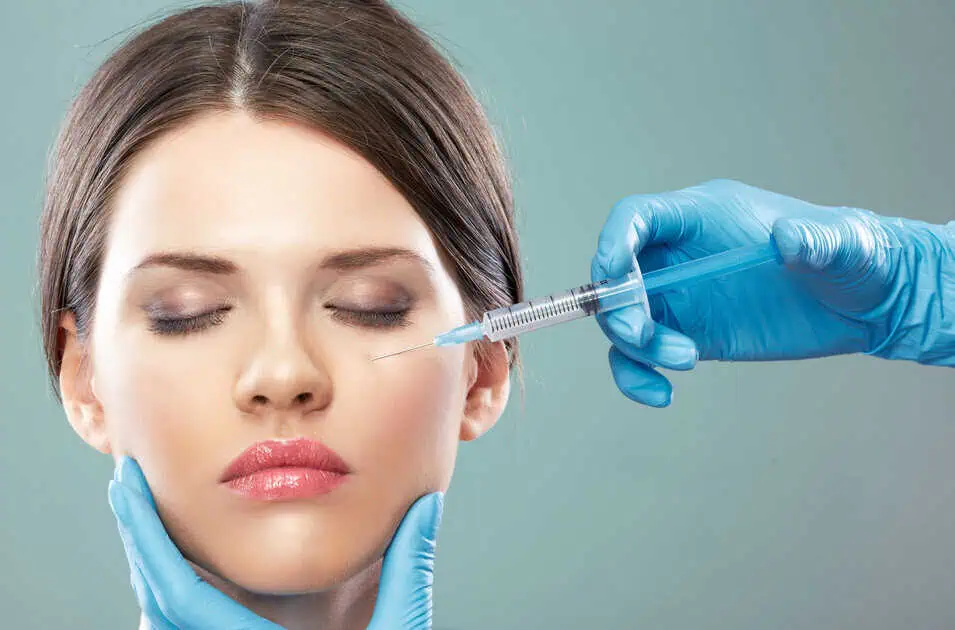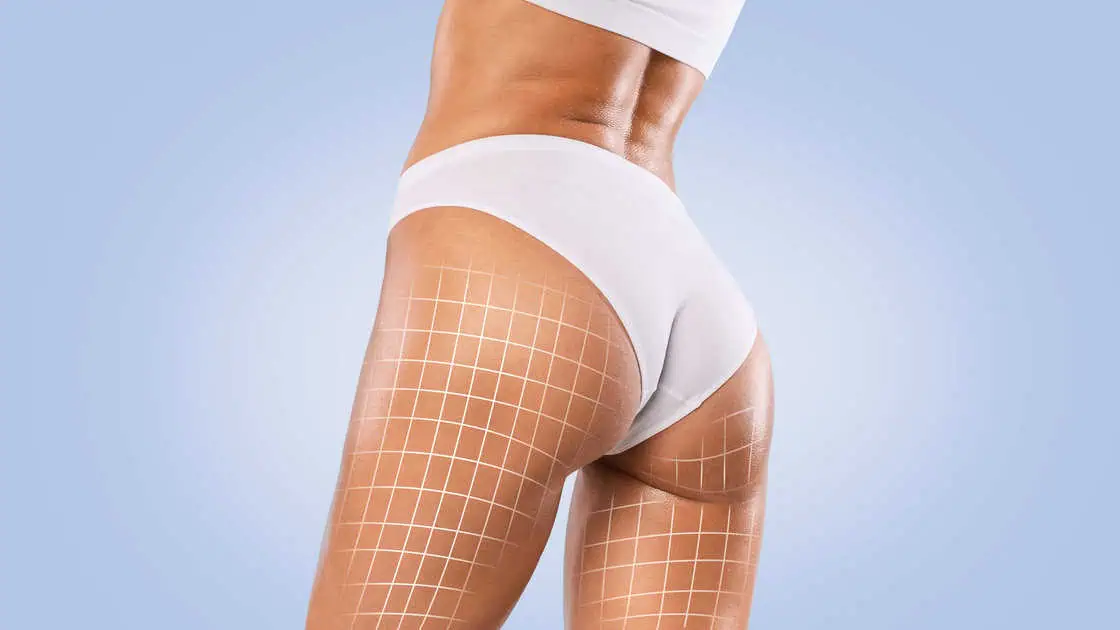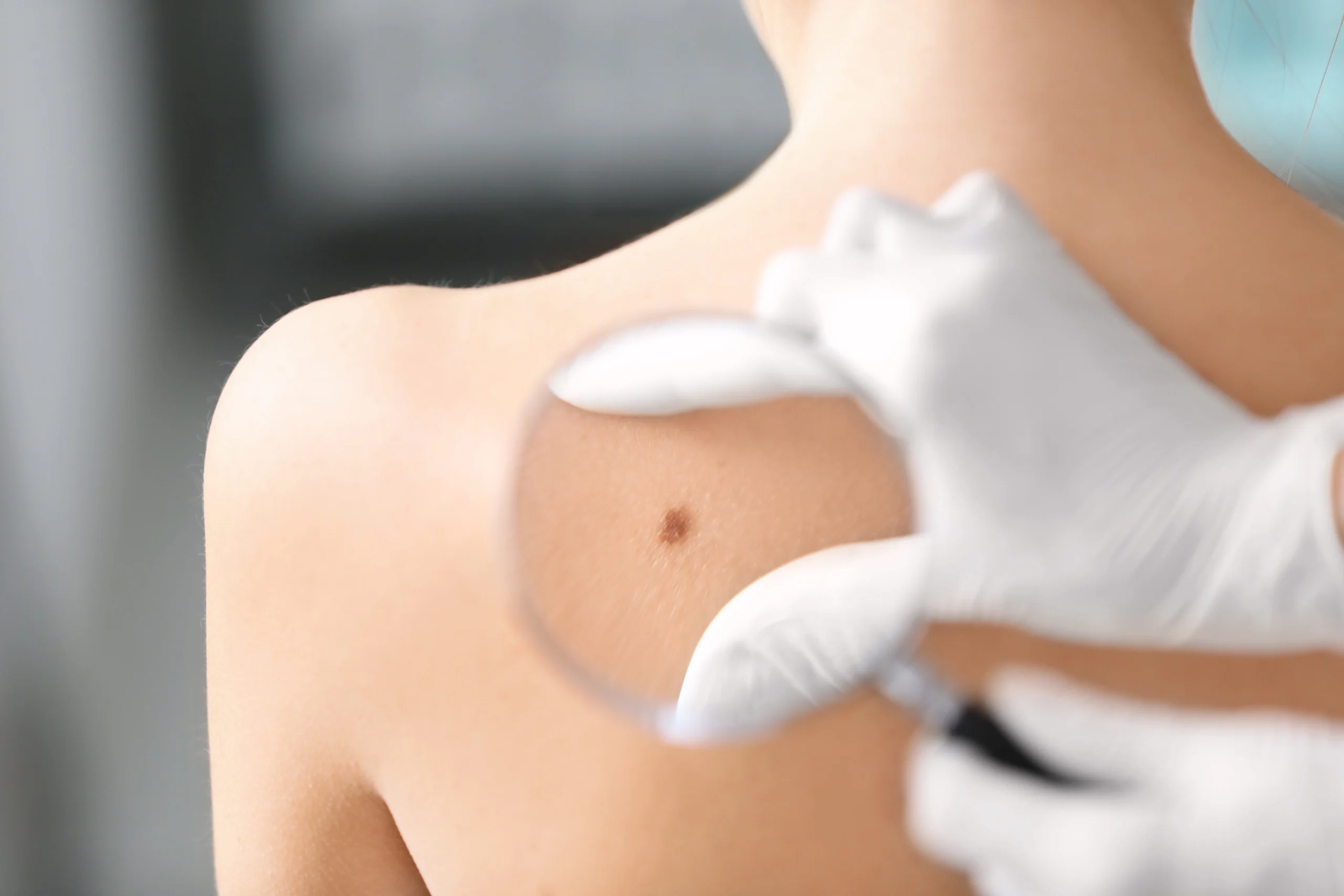Table of Contents
Enhancing your body’s natural contours through autologous fat transfer offers a practical and effective solution for those seeking a fuller, more balanced silhouette. By using fat from areas where it’s unwanted and transferring it to the buttocks, this method not only reshapes but also improves overall body proportions. The process is straightforward and relies on your body’s resources, providing a more natural feel and appearance than synthetic options.
If you’re considering a way to achieve a more sculpted figure, autologous fat transfer could be the approach that aligns with your goals. Knowing how the procedure works and what it implies can help you make a well-informed decision.
What is Autologous Fat Transfer?
Autologous fat transfer offers a natural alternative to implants. This procedure takes fat from areas where you may have a little extra—like the abdomen, thighs, or flanks—and uses it to add volume to your buttocks. Because this process uses your own fat, the results not only look but also feel incredibly natural. Plus, you get the added benefit of contouring other areas of your body in the process.
The Procedure: What to Expect
So, how does this all work? The autologous fat transfer process is straightforward but requires precision. There are three main stages: harvesting, purification, and injection.
Harvesting Fat
The first step involves harvesting fat from a donor site. This is done through liposuction, a process that uses a small, hollow tube called a cannula. The surgeon makes tiny incisions in the skin, inserts the cannula, and carefully removes fat using a vacuum. To make this process smoother and less painful, a tumescent fluid (a mix of saline, local anesthetic, and epinephrine) is often injected into the area first. This fluid loosens the fat cells, reduces blood loss, and makes the procedure more comfortable.
Purification
Once the fat is removed, it’s not just immediately ready for use. The harvested fat undergoes a purification process to ensure only the best fat cells are used for the transfer. This is done using a centrifuge—a device that spins the fat at high speeds to separate healthy fat cells from any other fluids or impurities. The goal here is to prepare fat cells that will integrate well with the buttocks, increasing the chances of a successful outcome.
Injecting the Fat
The final step is the actual transfer. Using a small syringe or cannula, the surgeon injects the purified fat into your buttocks. This is done meticulously, in tiny amounts, and in a grid-like pattern to guarantee equal distribution and a smooth, natural shape. This step requires precision because it involves sculpting the buttocks to the desired look while avoiding any complications, such as fat embolism.
Why Choose Autologous Fat Transfer?
There’s a lot to love about autologous fat transfer. One of the biggest draws is how natural the results are. Since the procedure uses your own fat, your augmented buttocks will look and feel like they’ve always been that way. The dual benefit of slimming down one part of your body while enhancing another is another huge plus.
Moreover, autologous fat transfer tends to have fewer risks compared to synthetic implants. Since the fat is from your own body, there’s no risk of rejection or allergic reactions. Plus, there’s no need to worry about potential issues like implant rupture. It’s a more natural approach to achieving the body contour you desire.
Weighing the Risks
Like any surgical procedure, autologous fat transfer isn’t without risks. The most serious is fat embolism, where fat enters the bloodstream and can cause life-threatening complications if it reaches the lungs or other vital organs. To mitigate this, surgeons take great care in the injection process, ensuring fat is placed only in superficial layers of tissue to avoid deep muscle areas where fat embolism is more likely.
Other potential issues include infection, fluid accumulation (seroma), and contour irregularities. These are less common but can happen, especially if the procedure isn’t performed by a highly skilled and experienced surgeon. Recovery also requires some patience—you’ll need to avoid sitting directly on your buttocks for a couple of weeks to give the fat cells time to settle and integrate.
Are You a Good Candidate?
Not everyone is a perfect match for autologous fat transfer. Ideal candidates are those with enough extra fat in other areas of their body and who are generally healthy. This procedure works best for individuals who want a moderate enhancement rather than a dramatic change. Candidates should also have realistic notions about the results and be mindful that they may need more than one session to achieve their goals.
Conversely, if you have medical conditions that affect blood circulation or if you’re prone to severe scarring, this might not be the best option for you. An assessment with a plastic surgeon will help determine if this procedure aligns with your goals and health status.
How Long Will the Results Last?
One of the big questions is: how long will the results stick around? The good news is that, with proper care, the effects of autologous fat transfer can be long-lasting. However, it’s crucial to maintain a stable weight. Significant weight fluctuations can impact the longevity of your results since weight gain or loss will affect the fat cells in your buttocks just as it does elsewhere in your body.
The science behind fat grafting suggests that once the transferred fat cells establish a new blood supply, they become a permanent part of your body. So, while the results can be long-lasting, maintaining them will require a stable lifestyle and possibly some follow-up procedures if your body changes significantly over time.
Takeaway
Autologous fat transfer offers a practical approach to achieving a more contoured and natural-looking silhouette. Using your own body fat provides both enhancement and balance, reshaping your figure to meet your aesthetic goals. If you’re considering buttock augmentation in New York, this procedure allows you to enhance your curves while avoiding synthetic implants. Knowing what to expect, as well as the potential benefits and risks, empowers you to make an informed decision about your body.
For those looking to further explore fat transfer for buttock enhancement, an assessment with an experienced professional is the next step. Achieve fuller curves with Autologous Fat Transfer in New York — schedule your consultation now!







